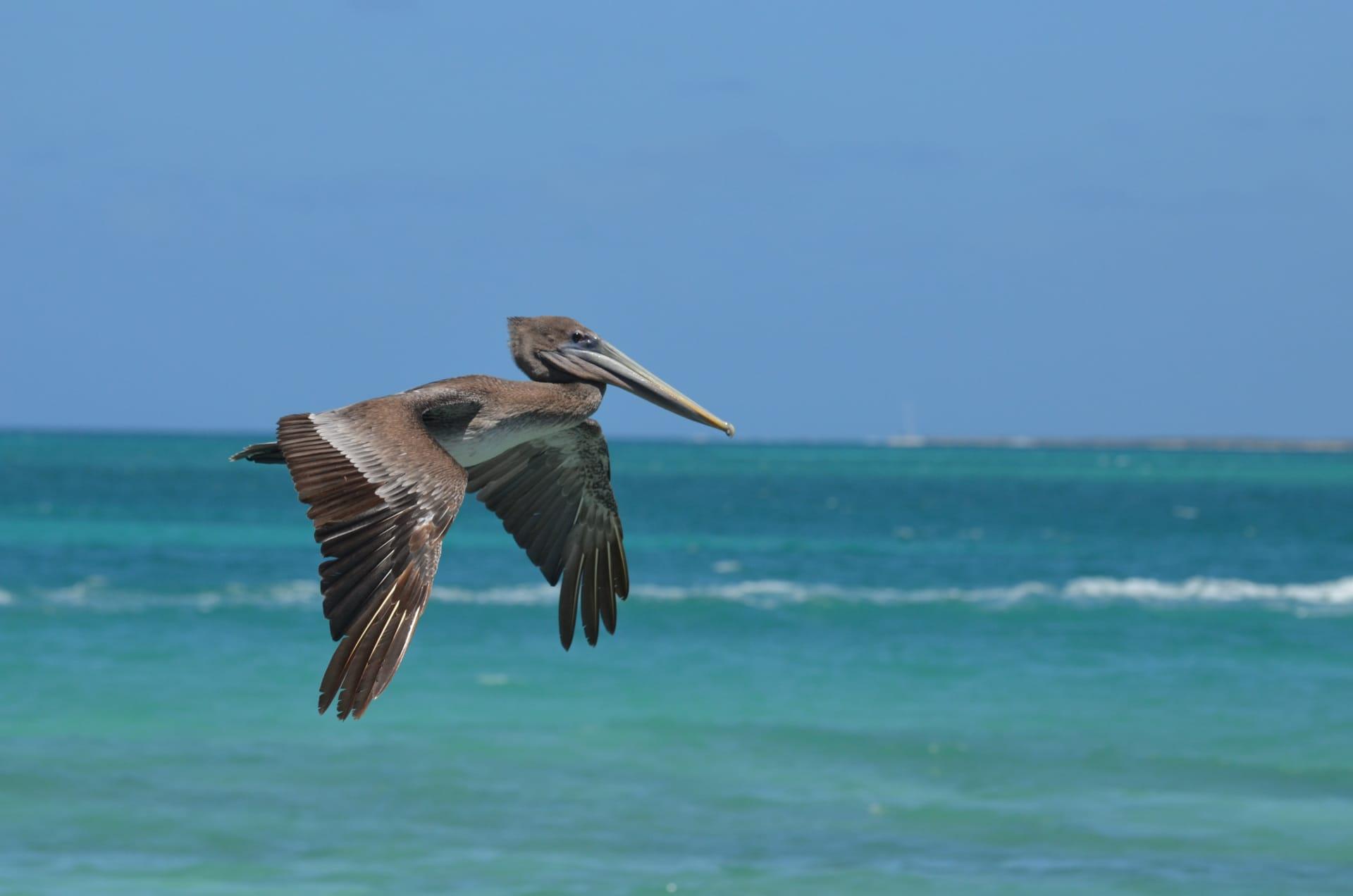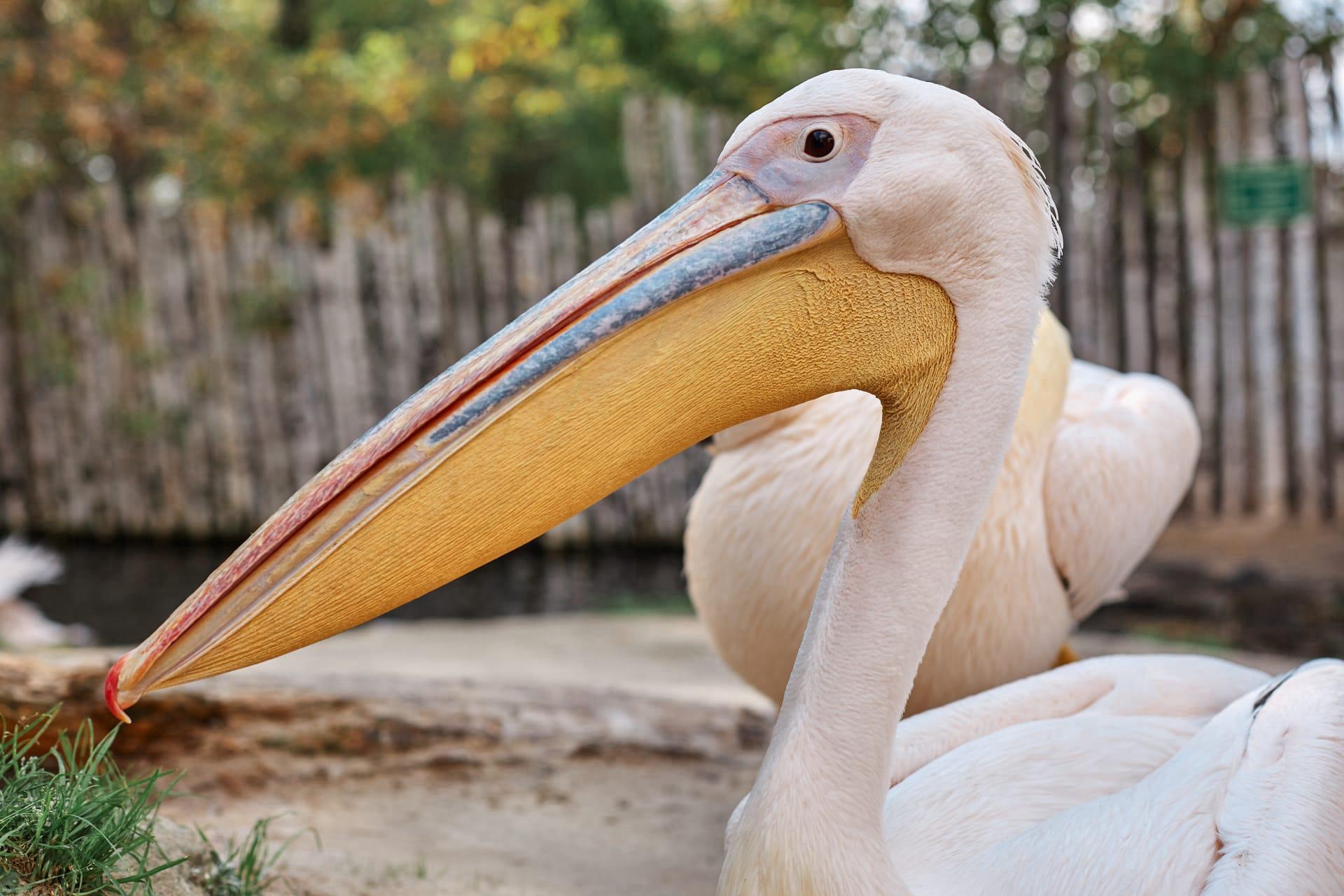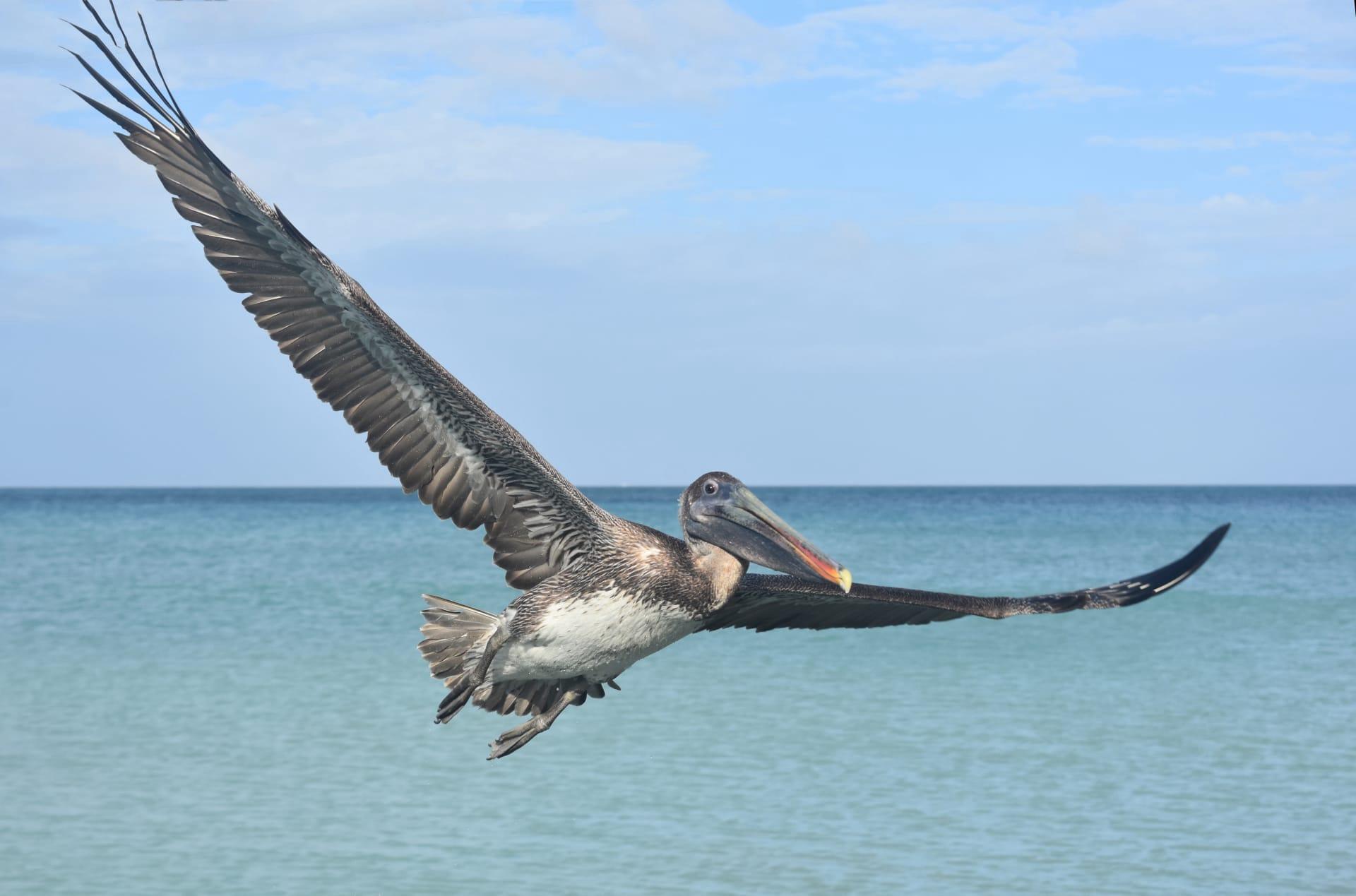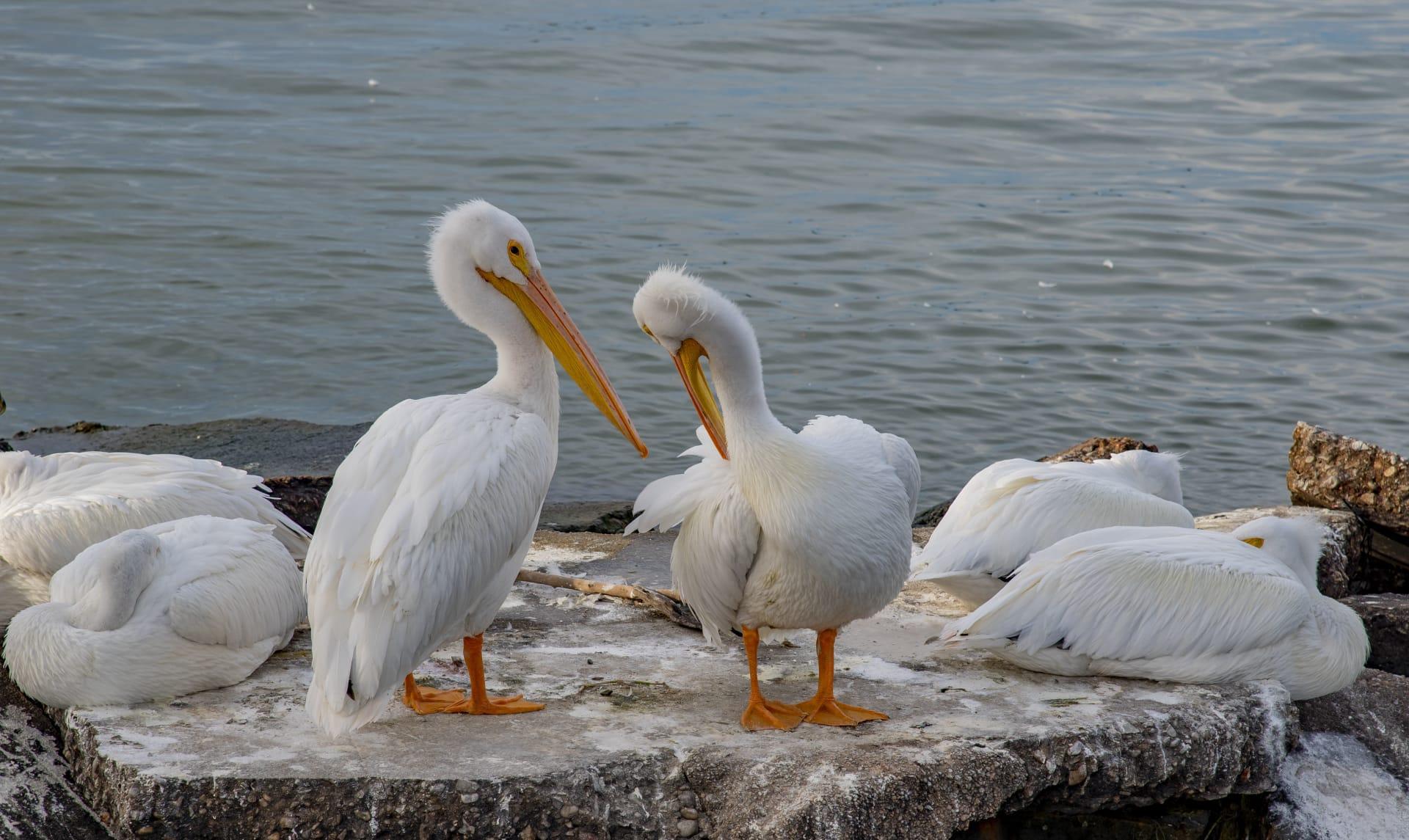Pelican
- Home /
- Mini Encyclopedia /
- Animal /
- Pelican
1
Pelicans are fascinating birds belonging to the family Pelecanidae and the order Pelecaniformes. There are eight distinct species of pelicans, each with its unique characteristics. These species include the American White Pelican, Brown Pelican, Peruvian Pelican, Great White Pelican, Australian Pelican, Pink-backed Pelican, Dalmatian Pelican, and the Spot-billed Pelican. Each species varies in size, coloration, and other physical features, but they all share the iconic long beak and large throat pouch for which pelicans are known.
Pelicans are found in a variety of habitats across the globe, primarily near coasts and inland waters. The American White Pelican, for example, breeds in North America and migrates to Central and South America during winter. The Brown Pelican is commonly seen along the coasts of the Americas, from Virginia and California down to northern South America. The Great White and Dalmatian Pelicans are primarily found in Europe, Asia, and Africa, favoring freshwater lakes, rivers, and deltas. Australian Pelicans, as their name suggests, are native to Australia and Papua New Guinea, thriving in estuaries and inland waters. The geographical distribution of these birds reflects their adaptability to different environments, from tropical regions to temperate zones.

2
Question: Do pelicans store fish in their beaks for later consumption?
Answer: Contrary to popular belief, pelicans do not use their beaks as a 'pantry' to store fish for later. The misconception likely arises from the pelican's large throat pouch, which is actually an adaptation for efficient fishing. During feeding, a pelican will scoop up fish and water into its pouch. It then drains the water before swallowing the fish immediately. This pouch is not designed for storage but rather for temporary containment during the catching process. Pelicans feed on their catch almost instantly, ensuring fresh and nutritious meals.

3
Pelicans have evolved several survival strategies that make them proficient at living in aquatic environments. One key strategy is their cooperative hunting technique. Some species, like the Brown Pelican, dive from the air to catch fish, while others, such as the American White Pelican, work in groups to herd fish into shallow waters for easier catching. This social hunting behavior increases their efficiency and success rate.
Another survival strategy is migration. Many pelican species migrate seasonally to exploit different feeding grounds and breeding sites. For example, the American White Pelican migrates to warmer regions during winter, ensuring access to unfrozen waters and abundant fish. This adaptability in behavior demonstrates their resilience and ability to thrive in varying environmental conditions.

4
In the ecosystem, pelicans play a crucial role as both predators and indicators of environmental health. As predators, they help maintain the balance of aquatic ecosystems by controlling fish populations. This predation is crucial in preventing overpopulation of certain fish species, which could lead to imbalances in the food web.
Pelicans also serve as indicators of environmental health. Changes in pelican populations can signal shifts in the ecosystem's health, often reflecting the quality of water bodies and the availability of fish. Conservation efforts for pelicans, therefore, have broader implications for the health of entire ecosystems, highlighting the interconnected nature of different species and habitats.

5
Film: "The Pelican's Tale" is a notable documentary produced in the United States in 2019. This film explores the life and habits of pelicans, showcasing their incredible fishing techniques and migratory behaviors. The documentary also highlights the environmental challenges faced by pelicans, including habitat loss and pollution.
Book: "Pelicans: Majestic Birds of the Waters" is a comprehensive book published in the UK in 2021 by author David Attenborough. It delves into the different species of pelicans, their habitats, behaviors, and the ecological significance. The book is filled with stunning photographs and insightful information about these remarkable birds.
Book: "Wings of the Sea: Pelicans in Focus" by Sarah Benson, published in Australia in 2020, offers a detailed look at the life of pelicans, particularly focusing on the Australian Pelican. Benson combines scientific research with engaging narratives to bring the world of pelicans closer to readers, emphasizing their adaptation to aquatic life and their role in the ecosystem.